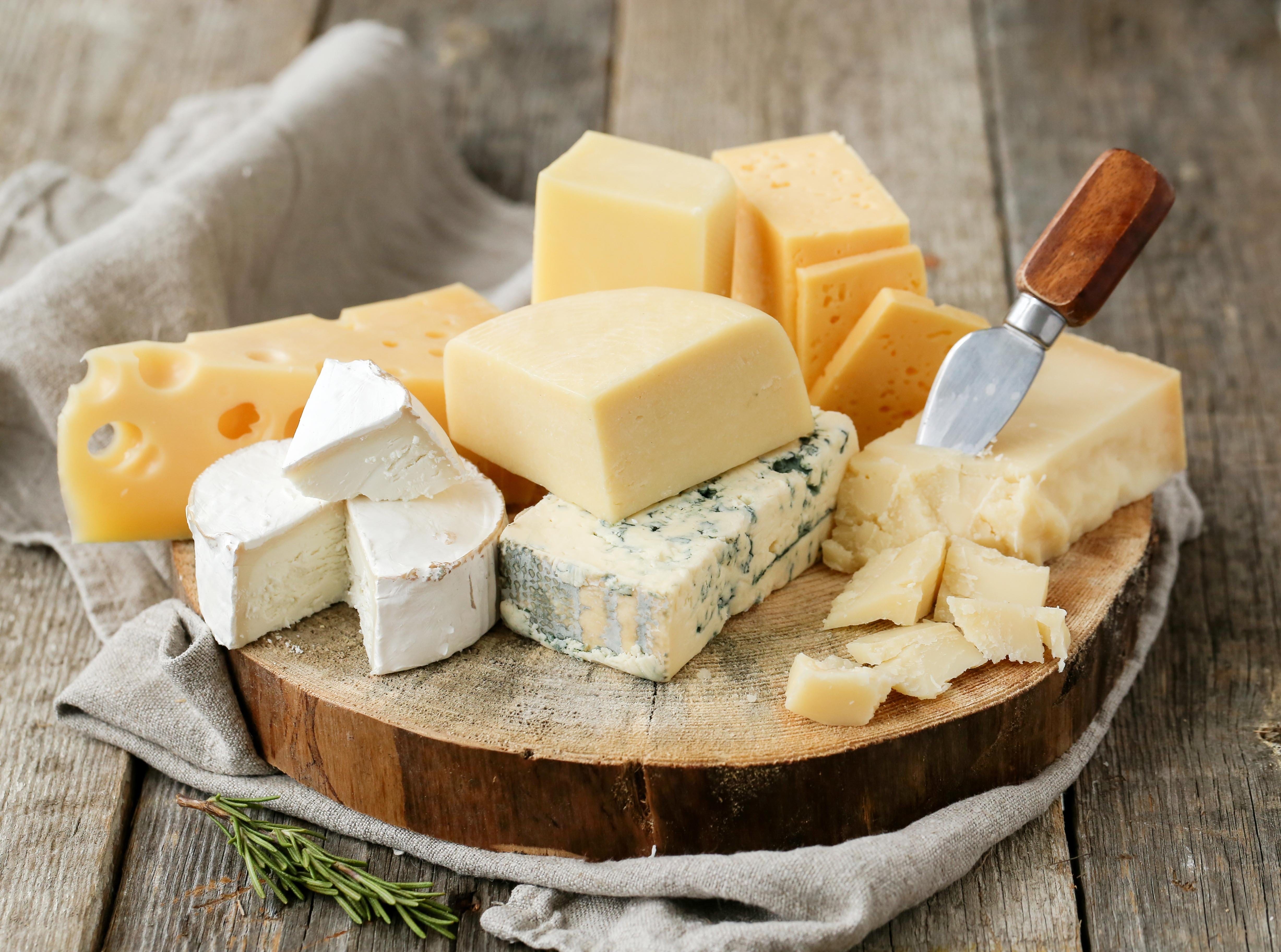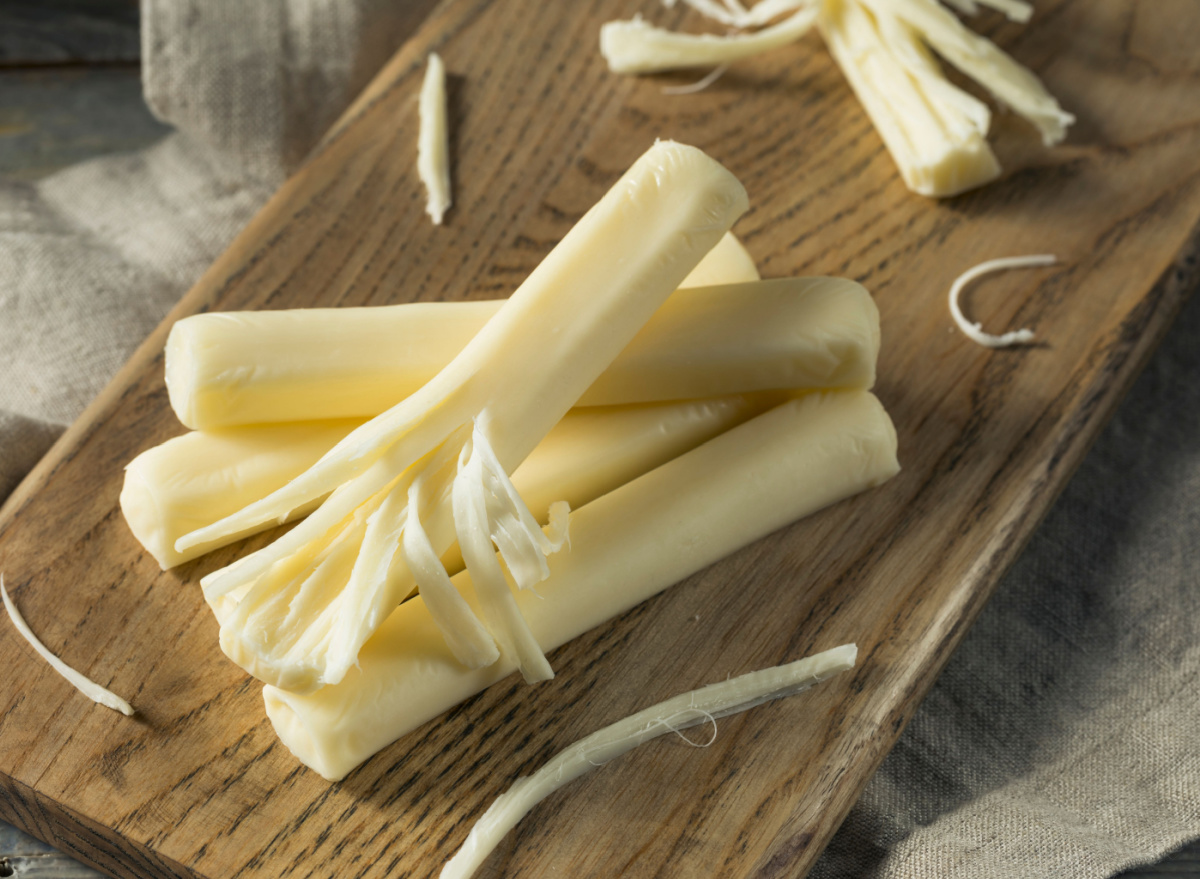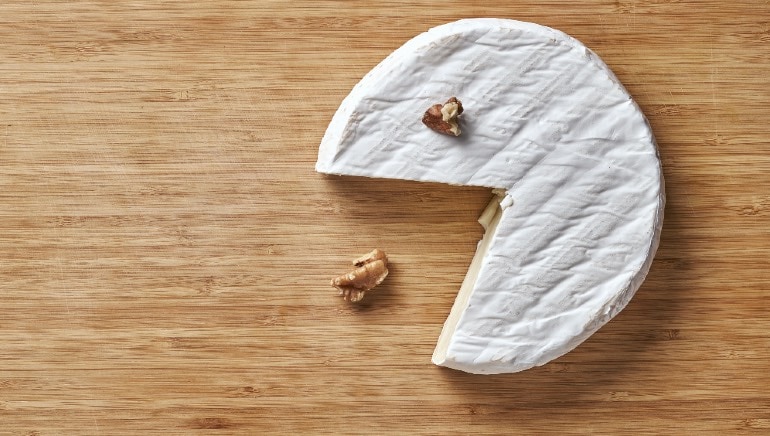Can You Eat Cheese When You Have High Cholesterol?

Cheese is a beloved food in many households, with its rich and creamy texture often used to enhance the flavor of different dishes. However, for those with high cholesterol, consuming cheese might seem like an unhealthy indulgence. With over 25 million adults in the United States having high cholesterol, it’s essential to understand whether cheese can still be part of their diet. In this article, we will explore the link between cheese and cholesterol, tips to include cheese in a healthy-cholesterol meal plan, and frequently asked questions to help you make informed choices about your diet.
What’s the Link Between Cheese and Cholesterol?

Before delving into whether cheese can be consumed with high cholesterol, it’s crucial to understand what cholesterol is and how it affects our bodies. Cholesterol is a fat-like substance produced by the liver and found in some foods. While cholesterol is essential for good health, having too much can lead to health problems such as heart disease and stroke.
There are two types of cholesterol: low-density lipoprotein (LDL) and high-density lipoprotein (HDL). LDL is often referred to as “bad” cholesterol, while HDL is known as “good” cholesterol. When there is too much LDL in the bloodstream, it can build up in the arteries, leading to plaque formation and increasing the risk of heart disease.
Now let’s focus on cheese. Cheese is a dairy product made from milk, containing various amounts of fat, protein, and cholesterol. While cheese does contain cholesterol, not all cheeses are created equal. Some cheeses are higher in fat and cholesterol than others, which can be problematic for individuals with high cholesterol levels.
Can You Eat Cheese If You Have High Cholesterol?

The short answer is yes, but in moderation. Cheese can still be part of a healthy diet for individuals with high cholesterol levels, as long as it’s consumed in moderation and paired with other heart-healthy foods. According to the American Heart Association, individuals with high cholesterol should limit their intake of saturated and trans fats, which can increase LDL levels in the bloodstream.
When selecting cheese, opt for low-fat or reduced-fat options, such as part-skim mozzarella or low-fat cheddar. These cheeses still provide the rich flavor and texture of traditional cheeses while reducing the overall amount of fat and cholesterol consumed. Additionally, pairing cheese with other heart-healthy foods, such as whole-grain crackers or fresh fruit, can help balance out the meal.
Tips to Include Cheese in a Healthy-Cholesterol Meal Plan
Here are some tips to include cheese in your healthy-cholesterol meal plan:
- Choose low-fat or reduced-fat options: As mentioned earlier, selecting low-fat or reduced-fat cheeses is a great way to continue enjoying cheese while keeping your cholesterol levels in check.
- Watch your portion sizes: Consuming too much cheese can quickly add up in terms of fat and cholesterol. Stick to a serving size of one ounce (about the size of a thumb), which contains approximately 6 grams of protein and 90 calories.
- Pair with other heart-healthy foods: Pairing cheese with other nutritious foods can help create a well-balanced meal. Try serving cheese with fresh fruit, whole-grain crackers, or vegetables.
Frequently Asked Questions

Does eating cheese increase your cholesterol?
While cheese does contain cholesterol, consuming moderate amounts of cheese is unlikely to have a significant impact on cholesterol levels. It’s essential to keep in mind that not all cheeses are created equal. Opting for low-fat or reduced-fat options can help reduce overall cholesterol intake while still allowing you to enjoy the rich taste of cheese.
What are the best cheeses to buy if you have high cholesterol?
When selecting cheese, choose options that are low in fat and cholesterol. Some of the best cheese options for individuals with high cholesterol include part-skim mozzarella, low-fat cheddar, and goat cheese.
What is the serving size someone with high cholesterol should stick to when eating cheese?
Individuals with high cholesterol should stick to a serving size of one ounce when consuming cheese. This amount contains approximately 6 grams of protein and 90 calories, making it a reasonable portion size for a healthy diet.
The Bottom Line

Cheese can still be enjoyed as part of a healthy-cholesterol meal plan, as long as it’s consumed in moderation and paired with other heart-healthy foods. Opting for low-fat or reduced-fat cheese options and watching your portion sizes are essential steps in maintaining a healthy diet while still enjoying the rich flavor of cheese. As always, it’s crucial to talk to your doctor or a registered dietitian before making any significant changes to your diet.
Video
Conclusion
In conclusion, having high cholesterol doesn’t mean you have to give up cheese altogether. By selecting lower-fat options and limiting portion sizes, cheese can still be part of a well-balanced diet. Itis essential to remember that cheese should be consumed in moderation as part of a balanced diet, and individuals with high cholesterol should always consult their doctor or a registered dietitian before making any significant changes to their diet.
By understanding the link between cheese and cholesterol and making informed choices about the types and amounts of cheese consumed, individuals with high cholesterol can still enjoy the rich flavor and texture of cheese without compromising their health.
So next time you’re at the grocery store, don’t be afraid to add some cheese to your cart. Just remember to choose low-fat or reduced-fat options, watch your portion sizes, and pair with other heart-healthy foods for a well-balanced meal.













